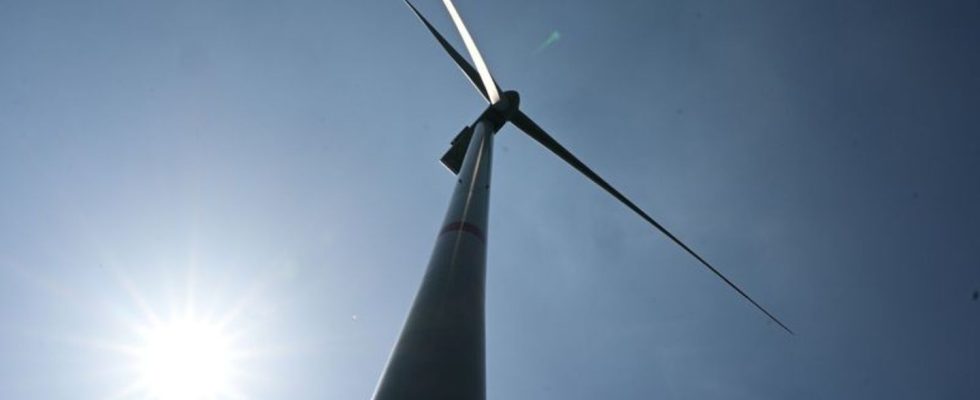research
Fact check: Why wind turbines don’t cause global warming
The claim that wind turbines cause global warming is not tenable. photo
© Bernd Weißbrod/dpa
It is regularly said that wind turbines spoil the landscape and kill birds. They are said to even cause global warming – but the argument is not tenable. A fact check.
When it comes to renewable energies, critical voices like to come up with the argument: Renewables are not only good for the environment and climate. Wind turbines are supposed to heat the air. What studies really say about it.
Claim: Wind turbines cause global warming.
Rating: Not durable.
Facts: The basis for the thesis is often a study from 2012. This was misinterpreted by various media when it was published, as the “Washington Post” explained at the time.
For their study, the researchers used satellite data to analyze how what was then the world’s fourth-largest wind turbine in the US state of Texas affected the temperature of the land surface. “From a satellite’s perspective, the surface is all it sees when looking through the atmosphere at the ground,” explains the lead author. It could be snow and ice, grass on a lawn, or the roof of a building. The temperature of the land surface measured in this way is therefore not identical to the air temperature in the weather report, according to the researcher.
Between 2003 and 2011, this same type of temperature in the immediate vicinity of the wind turbines rose by an average of 0.72 degrees Celsius compared to areas further away, according to the study. This is because the wind turbines scoop warmer air from top to bottom as they rotate. The effect is particularly noticeable at night. The authors also describe it as purely local.
The scientific services of the Bundestag also assume that wind turbines will have local consequences. These can also have positive effects on the microclimate in German regions: the effect of using (comparatively smaller) wind turbines to transport cold layers of air upwards and thus to warm up regions close to the ground is said to be used in agriculture. “In orchards and vineyards, wind turbines are used to protect against cold and frost.”
However, the effects on the vegetation depend crucially on the location of the wind turbines. Positive effects were seen in the Chinese part of the Gobi desert, while in an area in north-eastern China the exchange of air inhibited the growth of plants, according to the evaluation of international studies by the scientific services. But they see no evidence that the drought problem is related to wind turbines.
So researchers do not deny that green energy production also affects the environment. Compared to burning fossil fuels, however, it is significantly more climate-friendly.
In the study for Texas, the scientists emphasize that it is important to know the local impacts of wind turbines and to take them into account when planning sustainability strategies. For her, effects such as soil warming do not speak against the use of wind energy in general: According to her study, it is part of the solution to climate change, air pollution and energy security.
All information on the dpa fact checks Contact page for the dpa fact check team

